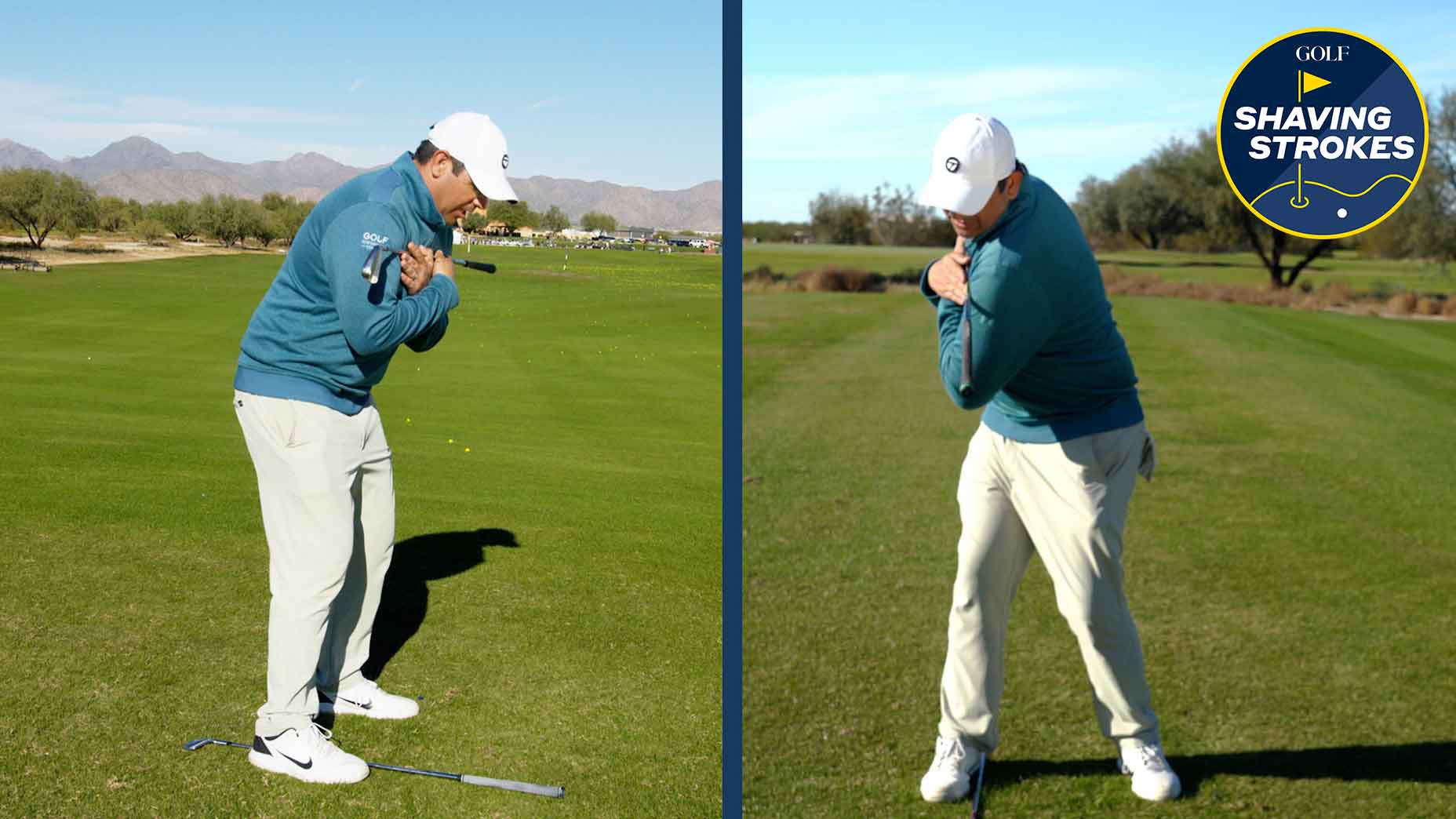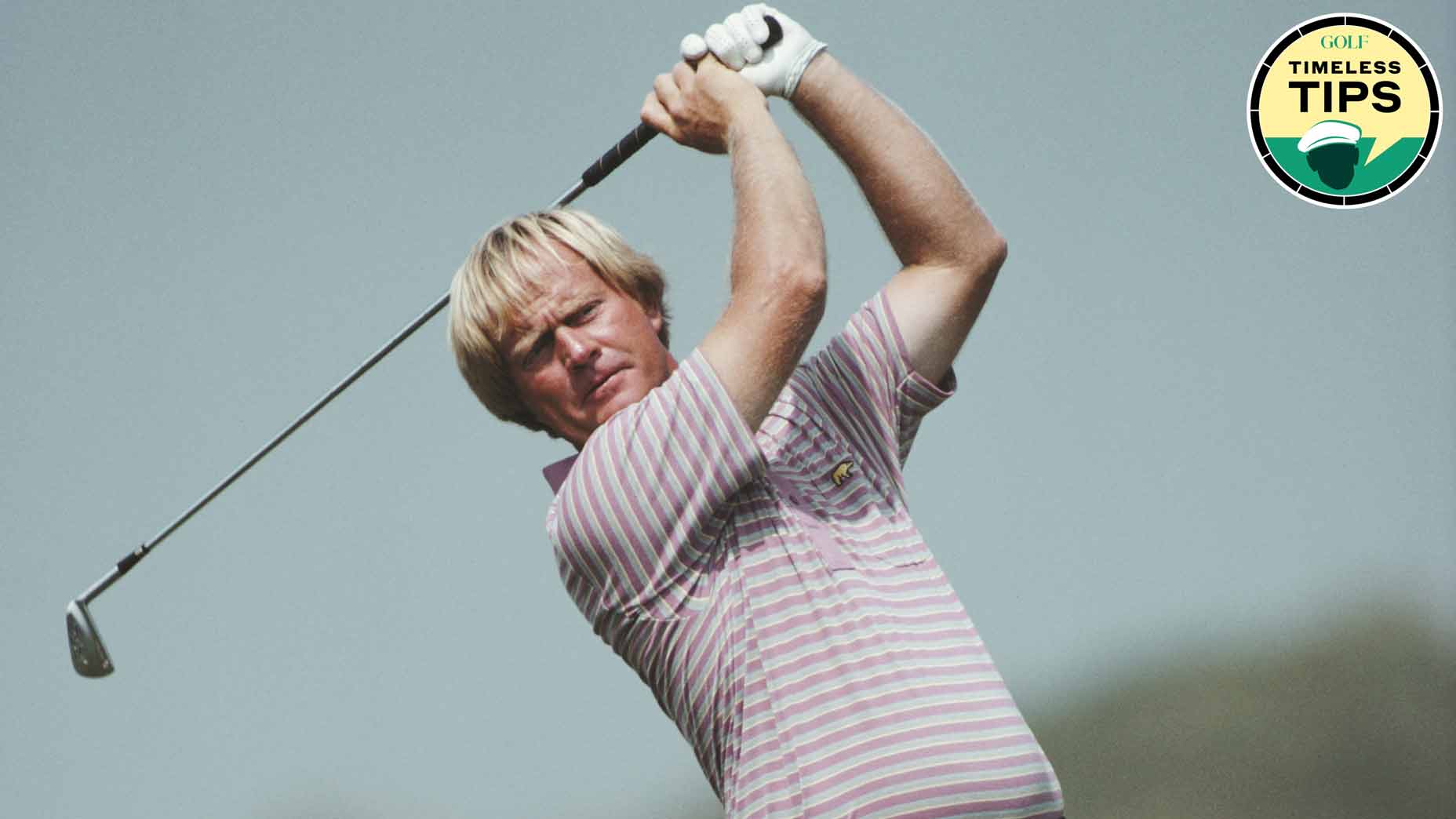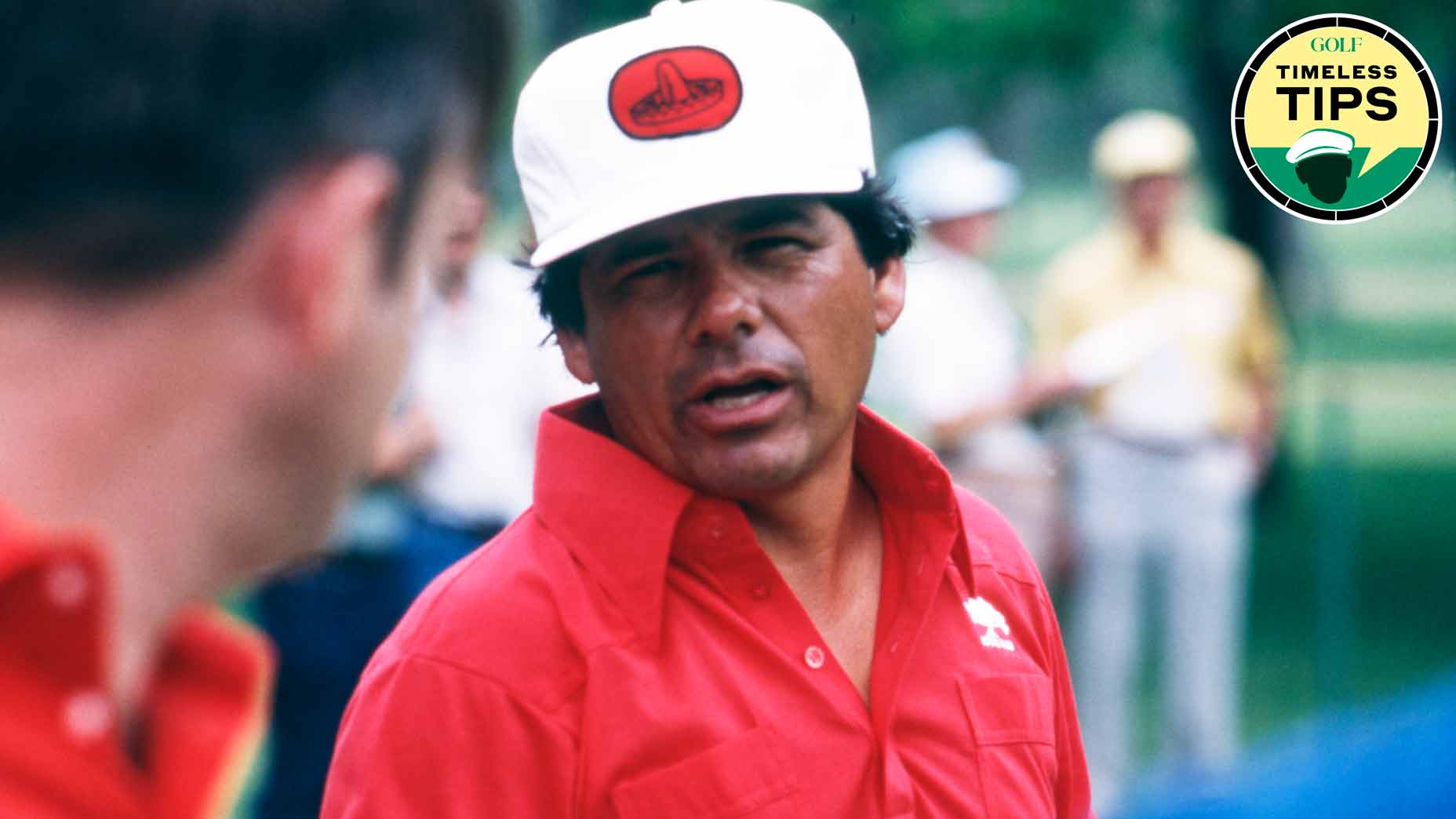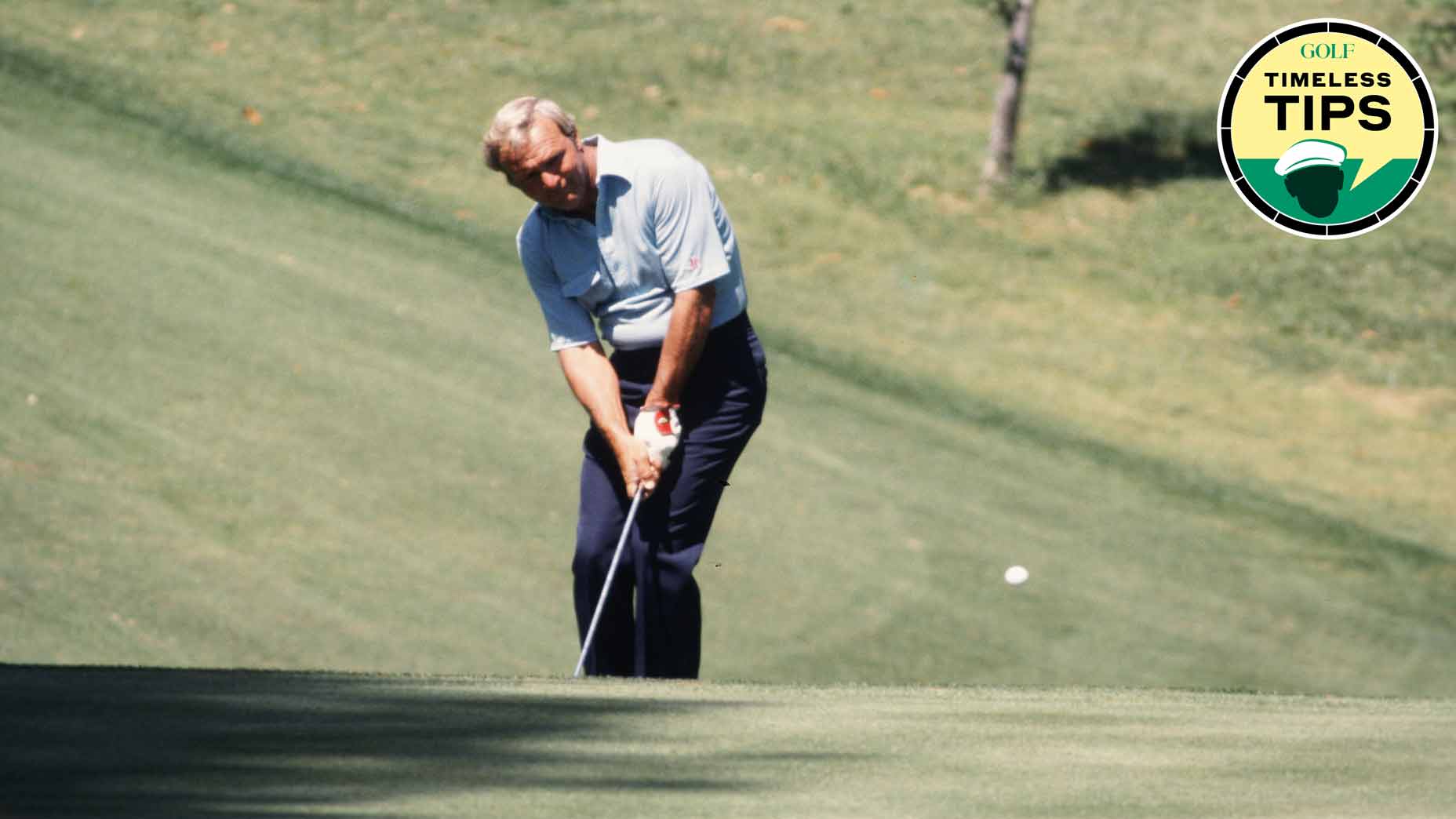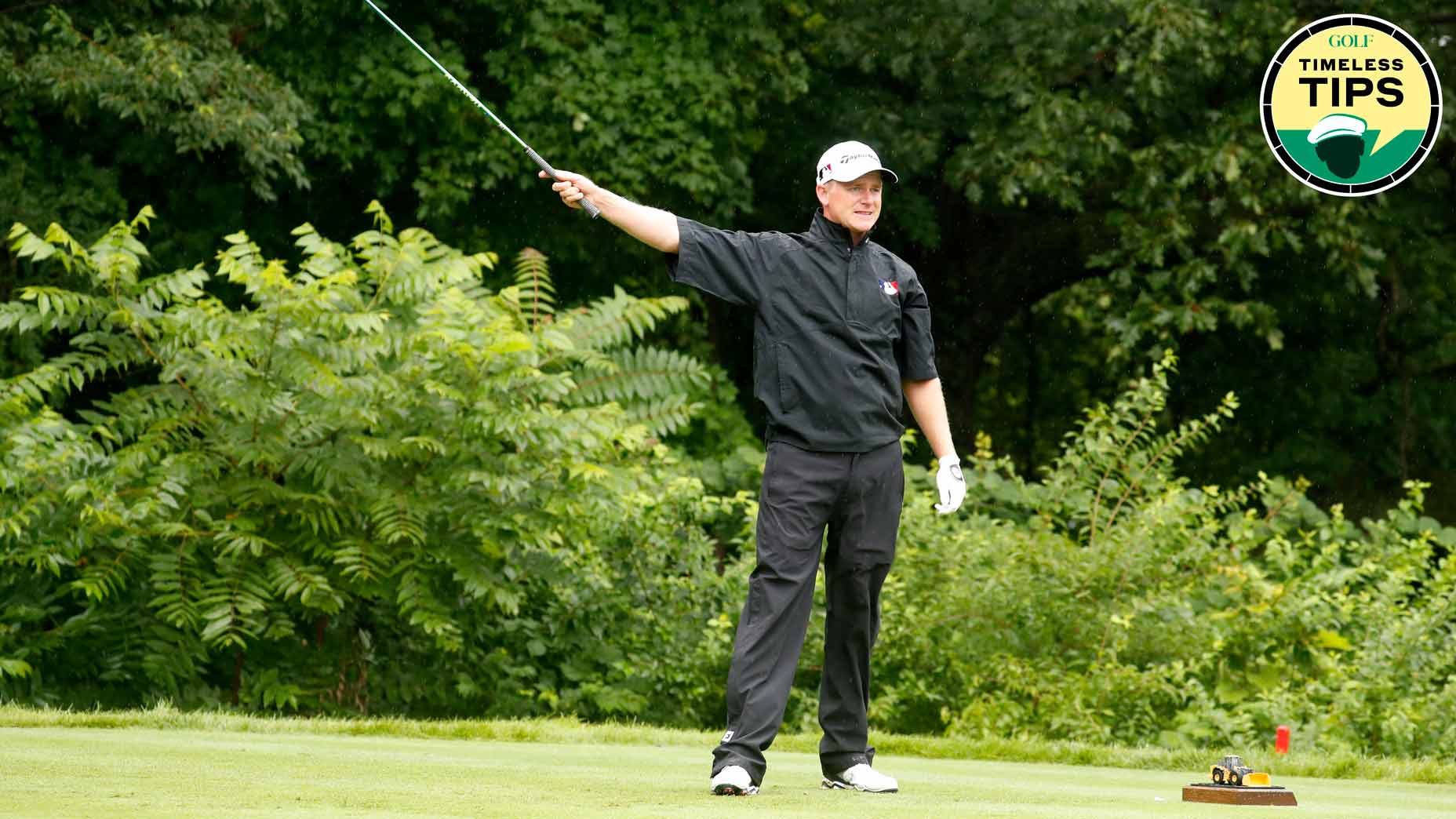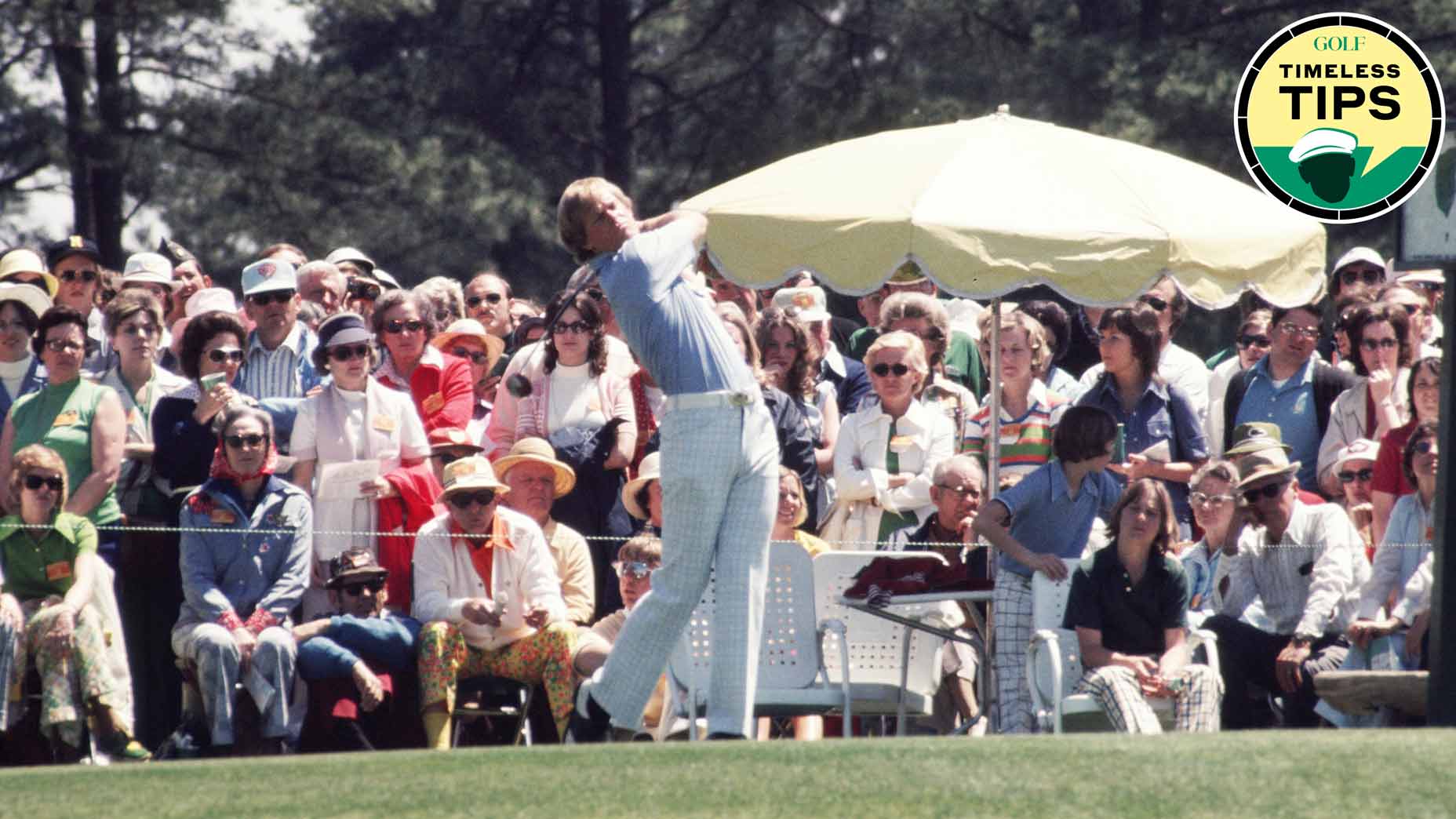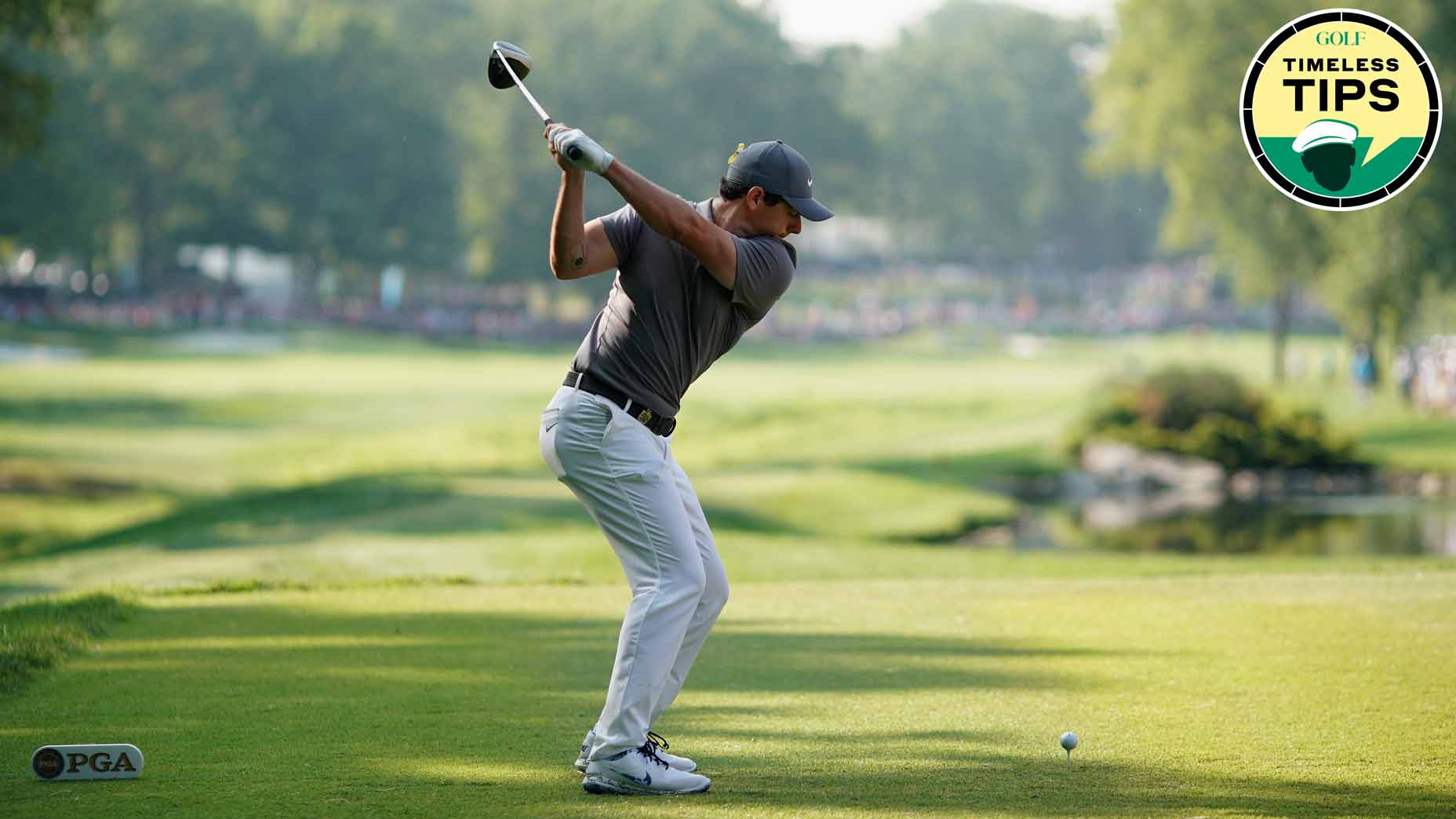How to generate power without brute strength, according to Tom Weiskopf
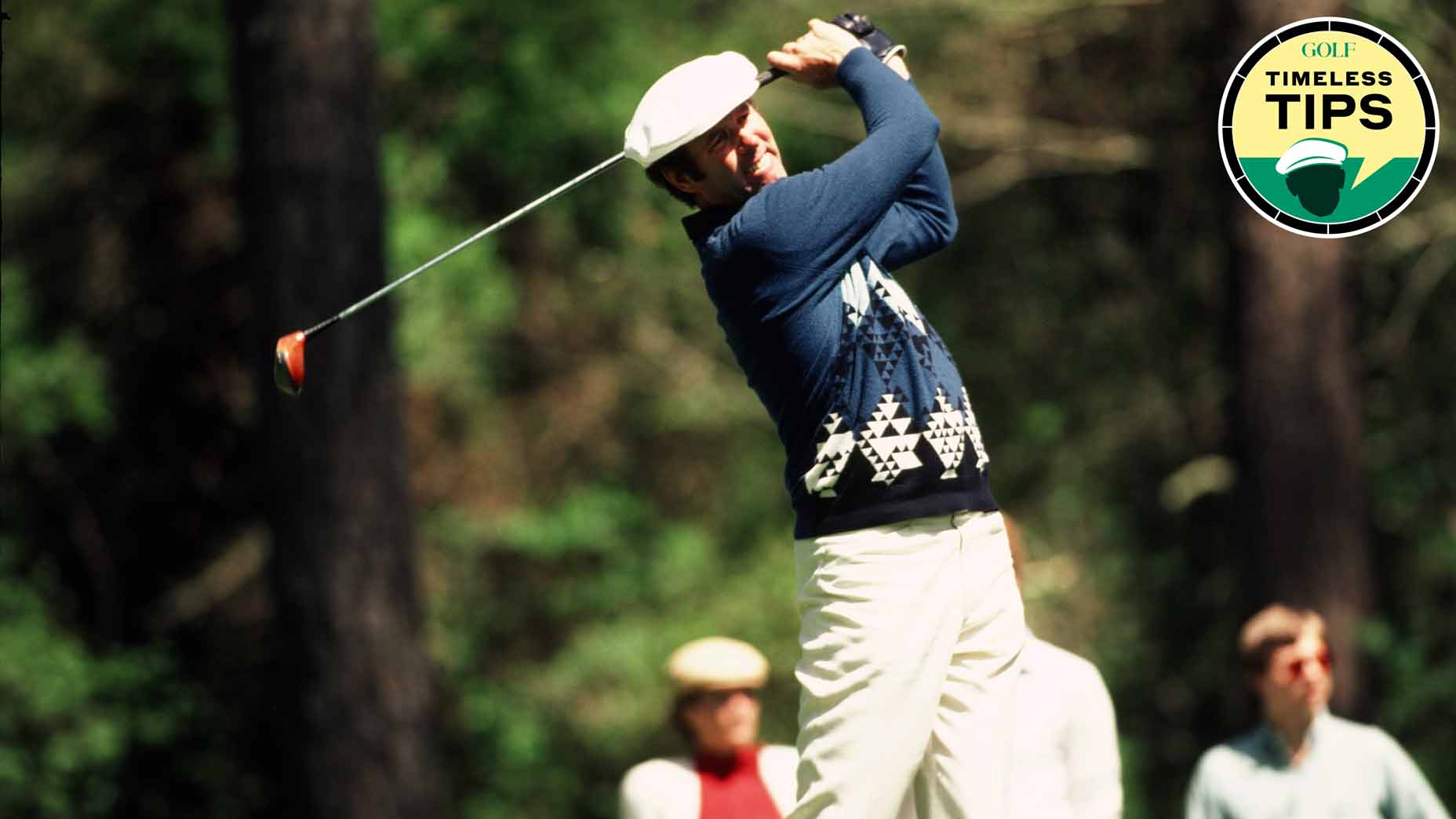
There's more than one way to generate power in your swing.
Getty Images
Golf instruction is ever-evolving, but the best advice stands the test of time. In GOLF.com’s new series, Timeless Tips, we’re highlighting some of the greatest advice teachers and players have dispensed in the pages of GOLF Magazine. This week, we look back at our August 1975 issue for a break down from Tom Weiskopf on how to generate power. For unlimited access to the full GOLF Magazine digital archive, join InsideGOLF today; you’ll enjoy $140 of value for only $39.99/year.
Golf has become a power-obsessed sport. With the advent of advanced analytics in the game, players are learning just how much of an advantage it is to hit it farther than their competition. And with modern technology making the pursuit of distance even more accessible, the arms race is on.
Becoming a force off the tee isn’t a totally new concept, though. Distance has always been advantageous, and golfers have been looking to add more yards to their games for generations.
Back in 1975, GOLF Magazine published a special “Power” issue aimed at helping readers become longer, better golfers. In the excerpt below, the late 16-time PGA Tour winner Tom Weiskopf breaks down a couple of different ways to add precious yards.
2 ways to create power
Power is a necessary ingredient in any sport. People always talk about the powerful arm, the long home run and the knockout punch. And actually, to a large extent, strength provides power. Strong individuals have a great potential for athletic power. Some people are endowed with tremendous strength but fail to channel it properly through their golf swings. Nevertheless, the physically powerful player has a natural advantage when it comes to hitting a golf ball great distances.
Looking at Jim Dent and looking at me, you immediately realize that he is the more powerful man. If we were to have a weight-lifting contest, Jim would certainly win. Jack Nicklaus was the same way when he was heavy. Jack was a huge man and very powerful. Now that he’s taken off about 30 pounds, he’s lost about 30 yards off the tee. It’s a question of strength.
Since the beginnings of golf in its modern form, long hitters have come and gone like the tides. When I was a kid, George Bayer was the reigning power king in golf. George came and went without any remarkable success.
Power is a tremendous asset only if it is used correctly. Players who get too caught up in the whole power mystique are not apt to win too many golf tournaments. Jim seems to go full bore on every shot, from the driver down to a nine-iron. When you look at the designs of most golf courses, it’s not too hard to realize that they are structured for people who can drive the ball between 240 and 270 yards. If you’re much longer than that, you begin finding all sorts of trouble that no one else has to worry about.
I think that Jim Dent has to develop enough pride in his whole golf game so that he will feel comfortable about taking an iron off certain tees and hitting a few half shots here and there. Right now it seems as though Jim feels obliged to stage a power clinic every time he steps out on a tee. The gallery loves to see him hit it hard. I even enjoy watching him — tremendous power is an exciting thing. But I don’t think that Jim’s doing his golf game any good by relying solely on his strength to impress everyone. He has the basics for becoming a very good player, a winner, which would be great for golf because then you’d have a top Black player with this enormous appeal because of his ability to reach back and really slam it when the moment was right. If Dent could ease off a little in the right situations, he’d still have his power in reserve but he would also have a winning golf game to go along with and promote that power.
When you look at Jim Dent’s golf swing, it is fairly simple to recognize the sources of his great power. Jim has what we call a “lag” in his swing. In other words, the clubhead trails his hands throughout the swing and then whips through at impact.
One reason why he is able to create this whipping action is his address position. Dent sets up with his hands well behind the clubhead. Even as he begins his backswing, his hands are leading the clubhead to such a degree that at one point there’s a tremendous cocking motion in his wrists as the club catches up to and passes his hands. This establishes a very sharp angle in Jim’s wrists as his swing approaches the top, and it prepares him for a very hard slash through the ball.
If you compare my backswing turn with Jim’s, you’ll notice that I tend to move everything from the ball in a more unified motion. As I turn away from the ball, my left arm remains in a straight line with my hands and the clubshaft. This means that my wrists will cock more gradually, allowing me to coordinate my hand and body action more closely.
This is something that I must do to generate power, because I am simply not as strong in the hands and wrists as Jim Dent. I am a body, legs and hands player, while Dent has more of a pure hand, arm and shoulder style. This difference is reflected most apparently in our positions at the top of the swing. I make a very full turn in my legs and shoulders, and the shaft of my driver drops a bit past parallel at the very top of my swing. Jim does not make as big a turn with his body, and as a result, he has the club in a three-quarter position at the top of his backswing.
Even with this short position, Dent is able to create a great deal of clubhead speed by using his wrists and arms very quickly. At the top, his hands are still lagging behind the rest of his swing, and when he starts down with his body, his hands are continuing their backward movement. By setting up this pattern, Jim catches the club between two motions and creates a tremendous angle in his wrists as he begins his downswing.
In contrast, I move my hands and arms more in step with my body turn and thus I’m able to create clubhead speed more gradually through my longer arc. As both of our swings approach impact, you can see that my left leg has moved farther along toward the target than Jim’s. This is another indication that I am powering my swing more strongly with my lower body than is Dent. His power at impact is much more a result of upper-body strength. Jim’s legs slow down somewhat to allow his hands to catch up with the rest of his swing and whip the clubhead through impact. I try to retain the motion in my entire body to allow me to use all of the weight and strength that I have.
All things considered, I think that my style of hitting the ball is more suitable for the majority of golfers. A hard, slashing, hands and upper body swing is only possible for the extraordinarily strong man such as Jim Dent or Arnold Palmer. For the rest of us, I know that a smooth, well-coordinated action, using all of the muscles of the body, produces consistent. reliable and practical power. And that, in the end, is what every golfer searches for.


